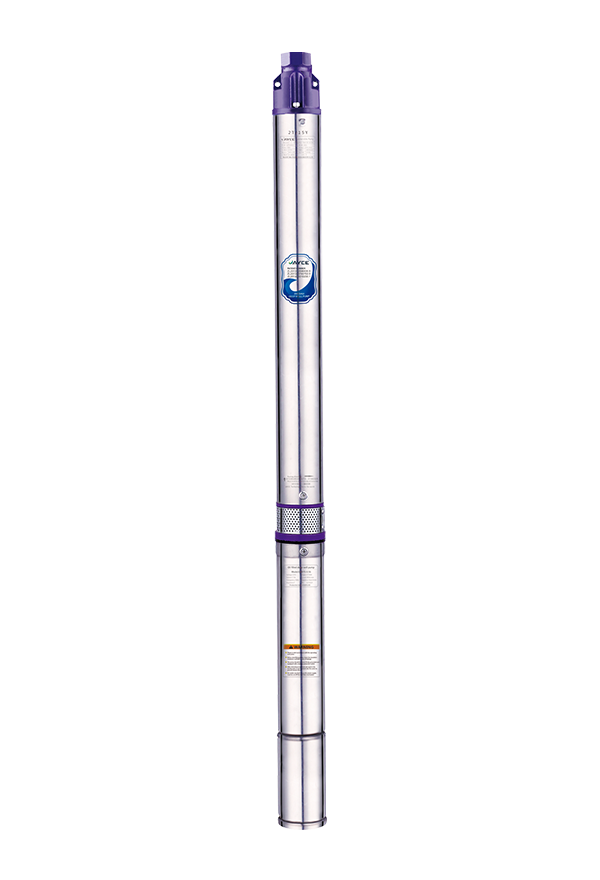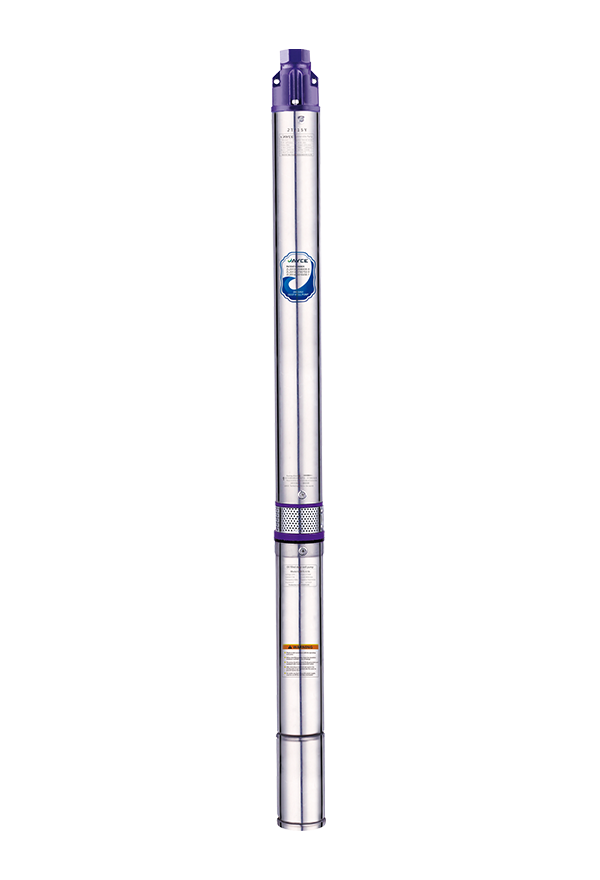Water management plays a pivotal role in various industries and applications, and two essential tools in this domain are the 3-inch pump and the submersible pump with a motor. These pumps serve distinct purposes and exhibit unique features, making them valuable assets in different scenarios. In this article, we will delve into the comparative aspects of these pumps, exploring their applications, advantages, and considerations for ideal use.
The 3-inch pump, known for its versatility, is widely employed in agricultural, construction, and industrial settings. Its primary function is to move large volumes of water efficiently. With a capacity to handle debris and solids of a certain size, the 3in pump excels in applications such as dewatering flooded areas, irrigation, and transferring water from one location to another.
In contrast, the submersible pump with motor is designed for underwater use. This pump is often submerged in the liquid it is pumping, offering a more discreet and submerged solution for applications such as well pumping, groundwater extraction, and wastewater management. The submersible design allows the pump to be placed directly into the fluid, eliminating the need for priming and reducing the risk of cavitation.
One significant advantage of the 3-inch pump is its portability and ease of setup. These pumps are typically mounted on wheels or skids, allowing for convenient transportation to different locations. The quick setup makes them an ideal choice for emergency response situations, where rapid water removal is crucial. Additionally, the 3-inch pump's ability to handle solid particles adds to its suitability for environments with varying water conditions.
On the other hand, the submersible pump with a motor offers a more discreet and space-saving solution. Being submerged in the fluid eliminates the need for a dedicated surface area for pump installation. This is particularly advantageous in applications where space constraints or aesthetics are considerations. The submersible design also contributes to noise reduction, as the pump operates underwater, fewer sound transmission.
In terms of energy efficiency, both pumps have their merits. The 3-inch pump, powered by gasoline or diesel engines, provides a reliable source of power for high-flow applications. The availability of fuel options makes it a flexible choice for remote locations or areas without access to electricity. On the other hand, the submersible pump with a motor typically operates on electricity. While this may limit its use in certain off-grid scenarios, it offers energy efficiency and environmental benefits, especially when connected to renewable energy sources.
Maintenance considerations also vary between the two pumps. The 3-inch pump, with its external components, may be easier to access for routine maintenance tasks such as cleaning, inspection, and repairs. This accessibility contributes to reduced downtime and enhanced longevity. In contrast, the submersible pump with a motor requires specialized maintenance when submerged, necessitating careful planning for periodic inspections and repairs.
Choosing between the 3-inch pump and the submersible pump with a motor ultimately depends on the specific requirements of the application. For projects where rapid deployment, versatility, and the ability to handle solids are paramount, the 3-inch pump shines. Meanwhile, the submersible pump with a motor offers a discreet, space-saving, and energy-efficient solution for applications demanding underwater operation and where noise reduction is a consideration.
In conclusion, both the 3-inch pump and the submersible pump with a motor play crucial roles in water management, each with its unique set of advantages. Understanding the specific needs of the project or application is key to selecting the lots of suitable pump. Whether it's the versatility of the 3-inch pump or the submerged efficiency of the submersible pump, these tools contribute significantly to the efficient and sustainable management of water resources across various industries.

 English
English bahasa Indonesia
bahasa Indonesia




.png)
.png)
